
Francesco Maurizio Cossiga was an Italian politician. A member of Christian Democracy, he was prime minister of Italy from 1979 to 1980 and the president of Italy from 1985 to 1992. Cossiga is widely considered one of the most prominent and influential politicians of the First Italian Republic.
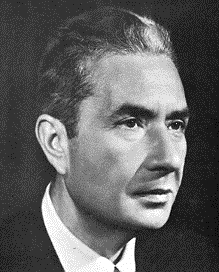
Aldo Romeo Luigi Moro was an Italian statesman and a prominent member of Christian Democracy (DC) and its centre-left wing. He served as prime minister of Italy in five terms from December 1963 to June 1968 and from November 1974 to July 1976.

The Autonomous Region in Muslim Mindanao was an autonomous region of the Philippines, located in the Mindanao island group of the Philippines, that consisted of five predominantly Muslim provinces: Basilan, Lanao del Sur, Maguindanao, Sulu, and Tawi-Tawi. It was the only region that had its own government. The region's de facto seat of government was Cotabato City, although this self-governing city was outside its jurisdiction.
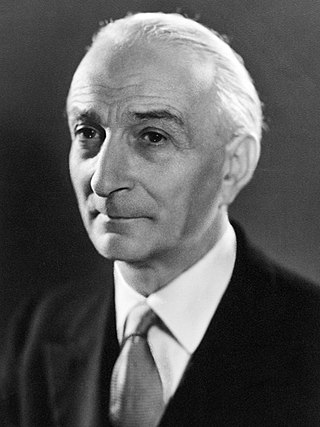
Antonio Segni was an Italian politician and statesman who served as the president of Italy from May 1962 to December 1964, and as the prime minister of Italy in two distinct terms between 1955 and 1960.

Amintore Fanfani was an Italian politician and statesman, who served as 32nd prime minister of Italy for five separate terms. He was one of the best-known Italian politicians after the Second World War and a historical figure of the left-wing faction of Christian Democracy. He is also considered one of the founders of the modern Italian centre-left.

Giulio Andreotti was an Italian politician and statesman who served as the 41st prime minister of Italy in seven governments, and was leader of the Christian Democracy party and its right-wing; he was the sixth-longest-serving prime minister since the Italian unification and the second-longest-serving post-war prime minister. Andreotti is widely considered the most powerful and prominent politician of the First Republic.
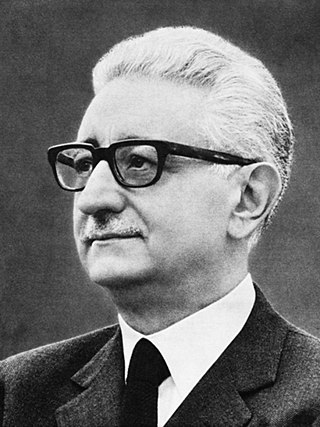
Giovanni Leone was an Italian politician, jurist and university professor. A founding member of the Christian Democracy (DC), Leone served as the President of Italy from December 1971 until June 1978. He also briefly served as Prime Minister of Italy from June to December 1963 and again from June to December 1968. He was also the president of the Chamber of Deputies from May 1955 until June 1963.

Franco Restivo was an Italian politician.

This article covers the history of the current Philippine republican state following the 1986 People Power Revolution, known as the Fifth Philippine Republic.

The Legislature IV of Italy was the 4th legislature of the Italian Republic, and lasted from 16 May 1963 until 4 June 1968. Its composition was the one resulting from the general election of 28 April 1963.
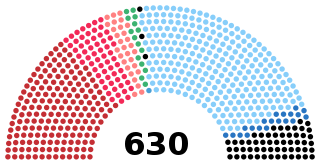
The Legislature VI of Italy was the 6th legislature of the Italian Republic, and lasted from 25 May 1972 until 4 July 1976. Its composition was the one resulting from the general election of 7 May 1972.

The Legislature VII of Italy was the 7th legislature of the Italian Republic, and lasted from 5 July 1976 until 19 June 1979. Its composition was the one resulting from the general election of 20 June 1976.

Bangsamoro, officially the Bangsamoro Autonomous Region in Muslim Mindanao is an autonomous region in the Philippines, located in the southwestern portion of the island of Mindanao.

An autonomous region of the Philippines is a first-level administrative division that has the authority to control a region's culture and economy. The Constitution of the Philippines allows for two autonomous regions: in the Cordilleras and in Muslim Mindanao. Currently, Bangsamoro, which largely consists of the Muslim-majority areas of Mindanao, is the only autonomous region in the country.

The Jeddah Accord was signed on January 3–4, 1987 in Jeddah, Saudi Arabia by Aquilino Pimentel Jr., representing the Government of the Philippines and Nur Misuari of the Moro National Liberation Front. The two panels agreed upon the continued discussion of the proposal of the grant of full autonomy to Mindanao, Basilan, Sulu, Tawi-Tawi and Palawan subject to democratic processes.

The Andreotti III Cabinet was the 33rd cabinet of the Italian Republic. It held office from 1976 to 1978.
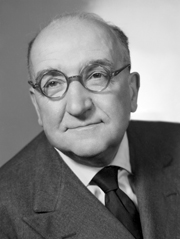
The Zoli Cabinet was the 12th cabinet of the Italian Republic, which held office from 20 May 1957 to 2 July 1958, for a total of 408 days, or 1 year, 1 months and 12 days.

The Andreotti IV Cabinet, led by Giulio Andreotti, was the 34th cabinet of the Italian Republic.

The Moro IV Cabinet, led by Aldo Moro, was the 31st cabinet of the Italian Republic. It held office from 1974 to 1976.
The 1977 Southern Philippines autonomy plebiscite was a creation plebiscite held on April 17, 1977 in parts of Mindanao and Palawan in the Philippines.


















